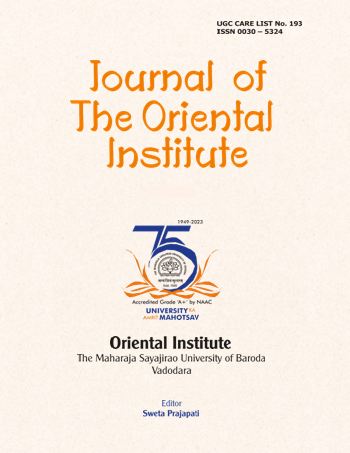FEMININE IDENTITY AS THE SITE OF STRUGGLE IN JANE AUSTEN’S PRIDE AND PREJUDICE
DOI:
https://doi.org/10.8224/journaloi.v74i1.881Abstract
literature has always acted as a mirror to the society. With the process of evolvement of the human society, the novels and the literary writings played a vital role in expressing and reflecting the social scenarios and defining the human psyche. The most essential component of the social discourse is women. They have been making a lot of effort to discover who they really are and how valuable they are for millennia. We may readily follow the traces of the shift in women's status throughout nations and eras by flipping through the pages of literary history. Through their publications, women writers and critics have provided a window into the social structures and conventions that were common in various eras. One such moving author from the Romantic Era of English literature is Jane Austen, who defied the conventional narrative by showcasing strong female heroines who were capable of independent thought and decision-making and by retaining her young vitality. Austen was born into a culture that severely discriminated against women's rights, and she experienced internal turmoil against the unfair social structure from an early age. She even remained single throughout her life as a result of this, continuing to write as a career to support herself. In her writings, Austen consistently promoted marriage, but she did so out of love rather than to elevate oneself in society. During Austen’s time women were expected to be submissive and timid. They were viewed as being unable to think critically or maintain their uniqueness. Through youthful exuberance and nuanced irony, her writings ridiculed the then-traditional novel theme of love, marriage, and romance. The heroines of her books were strong, independent women who were also progressive. In the male-dominated society, they did not think social conformity was important.








